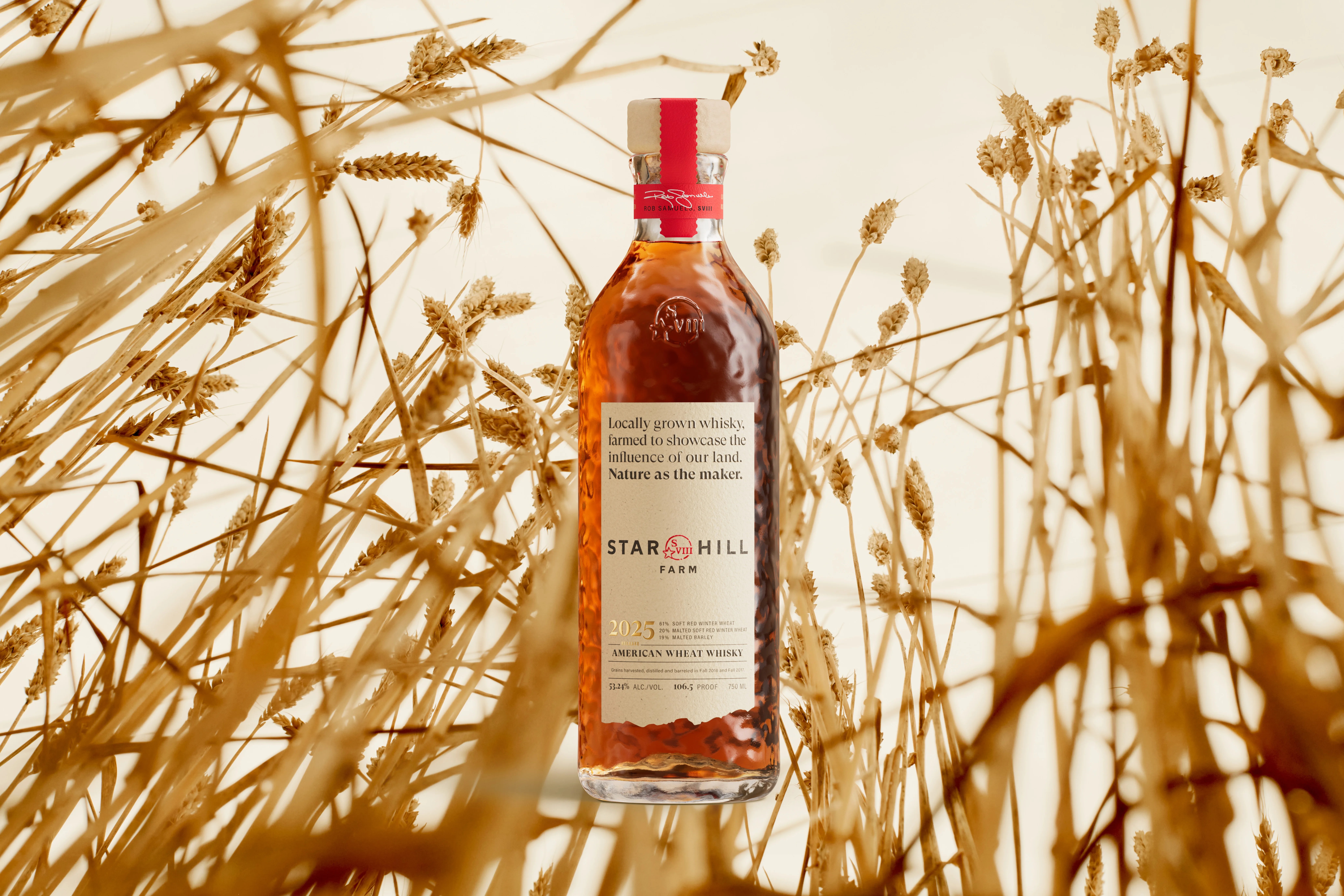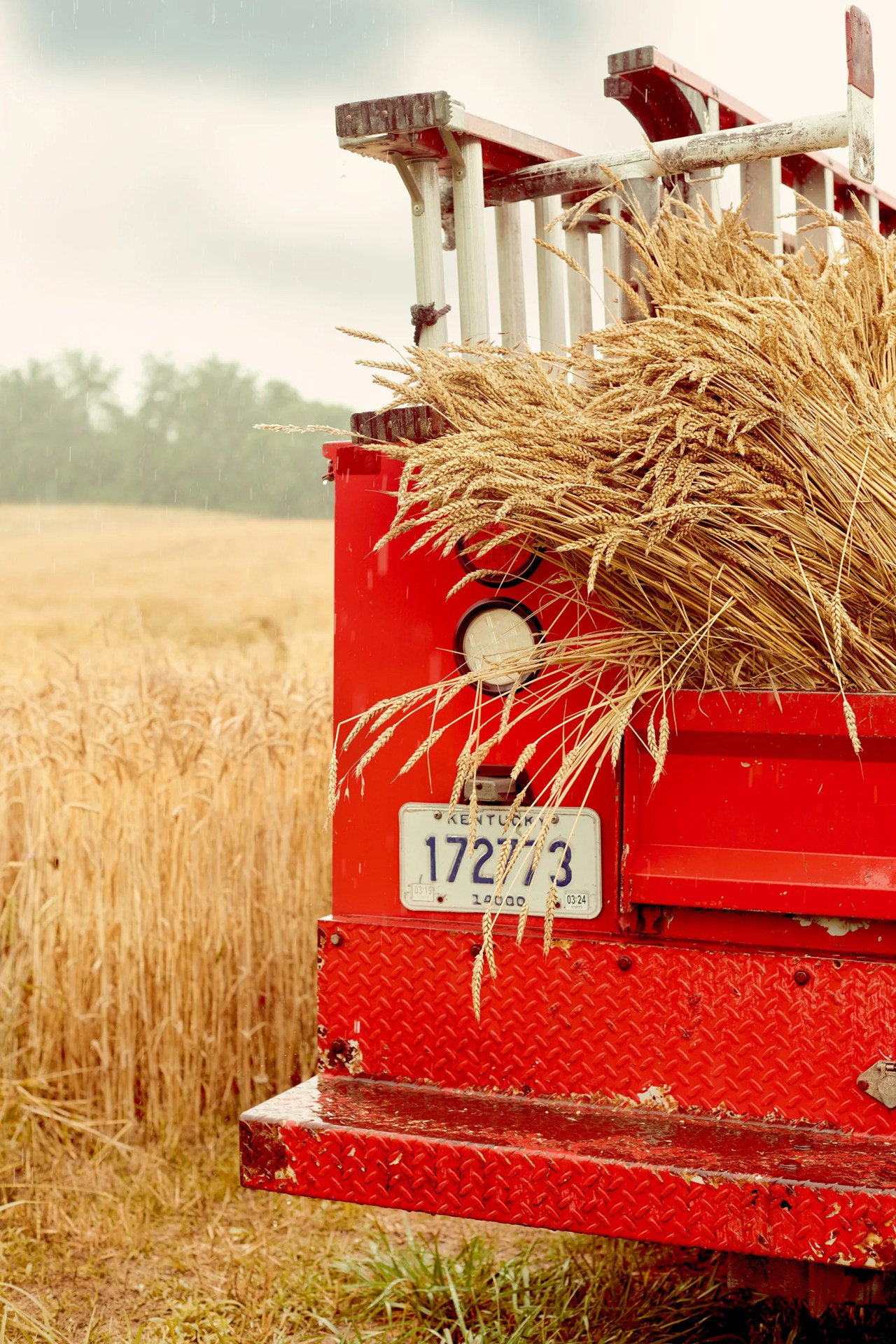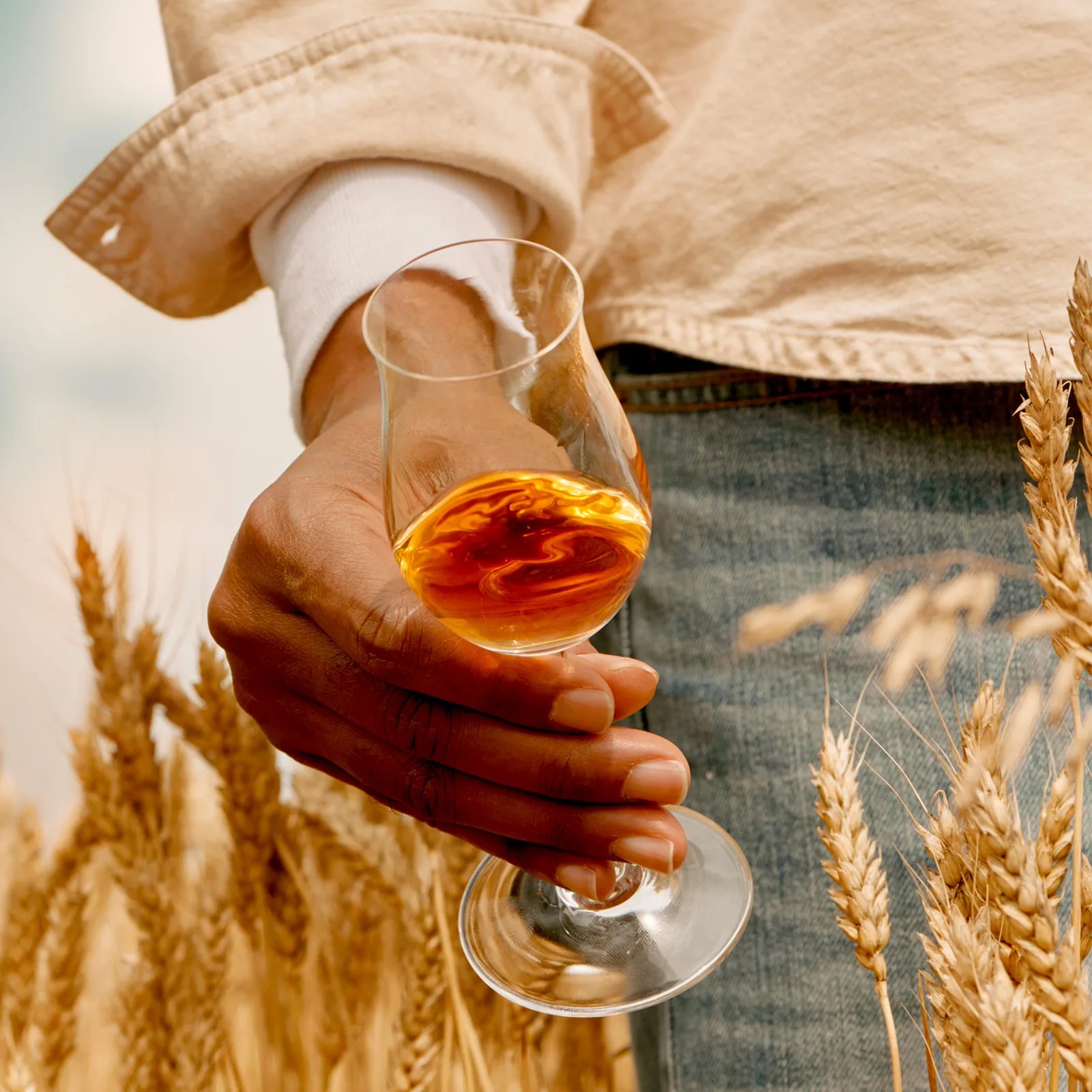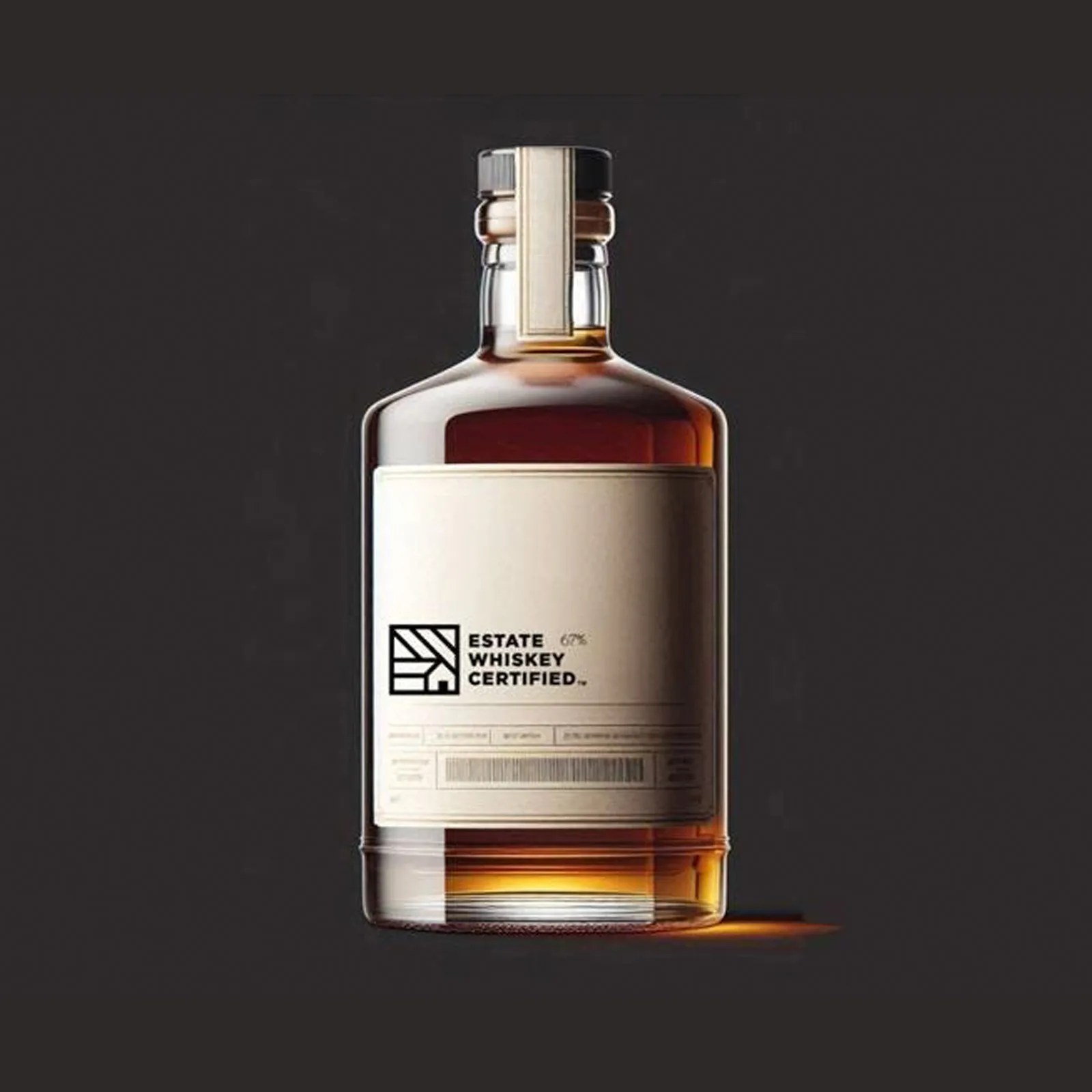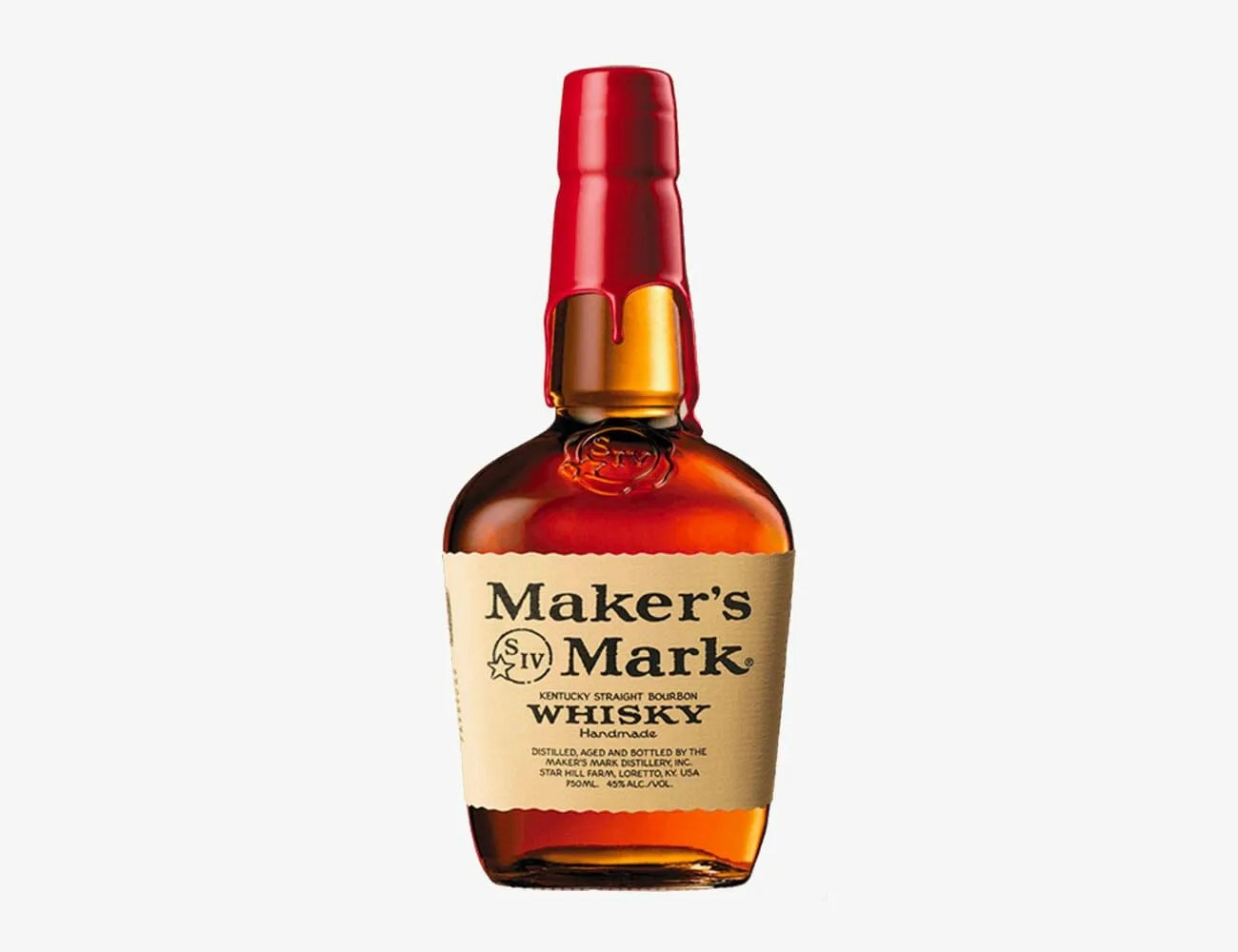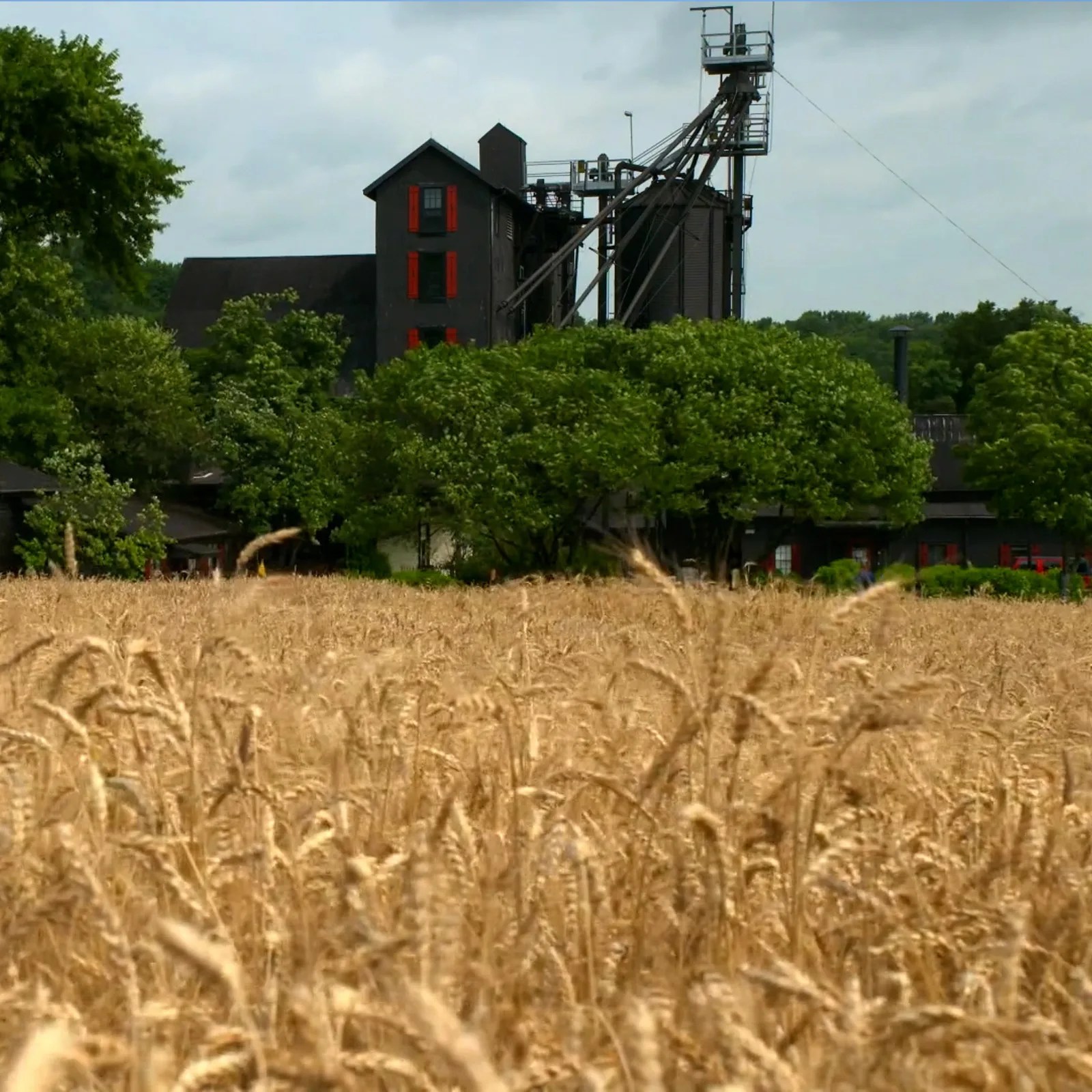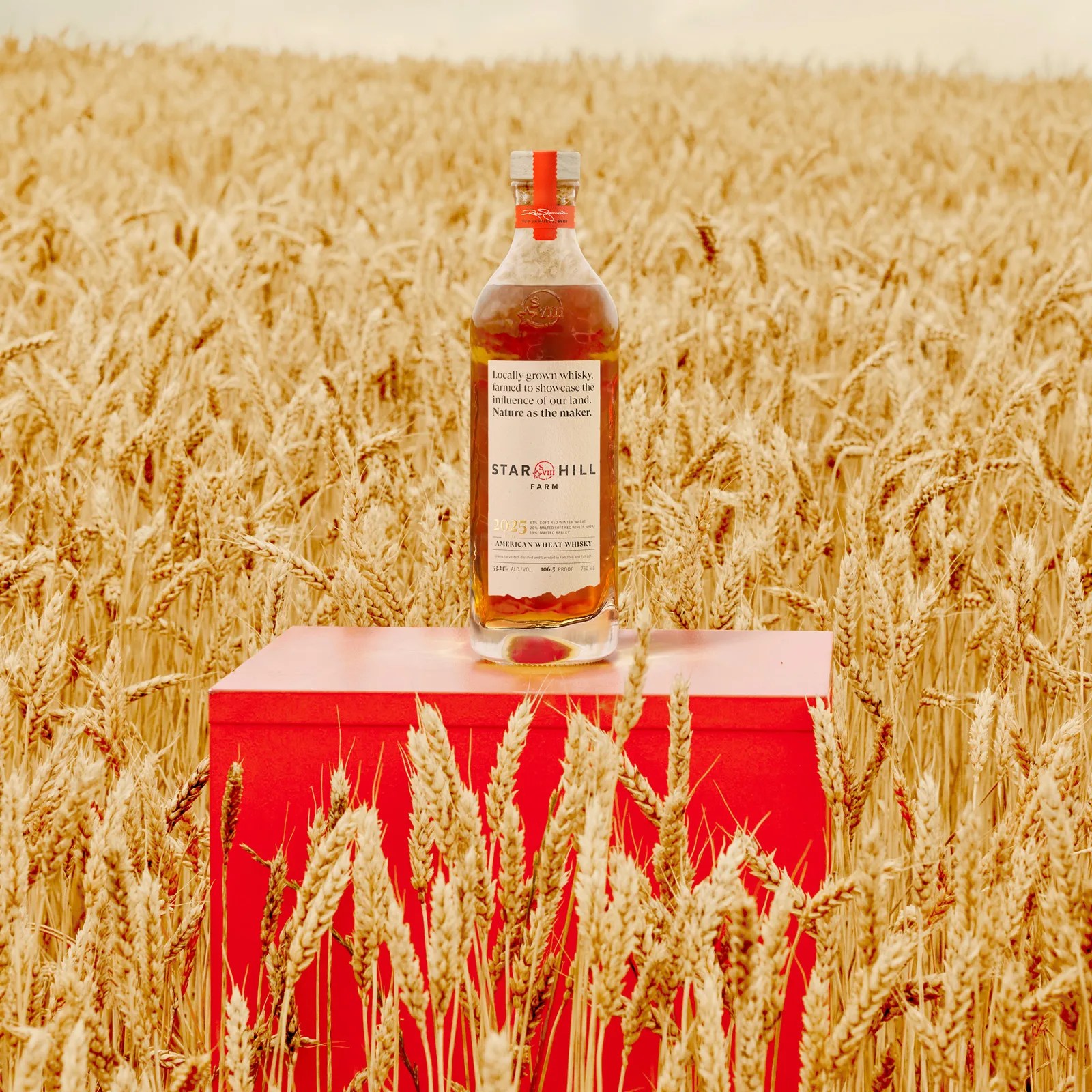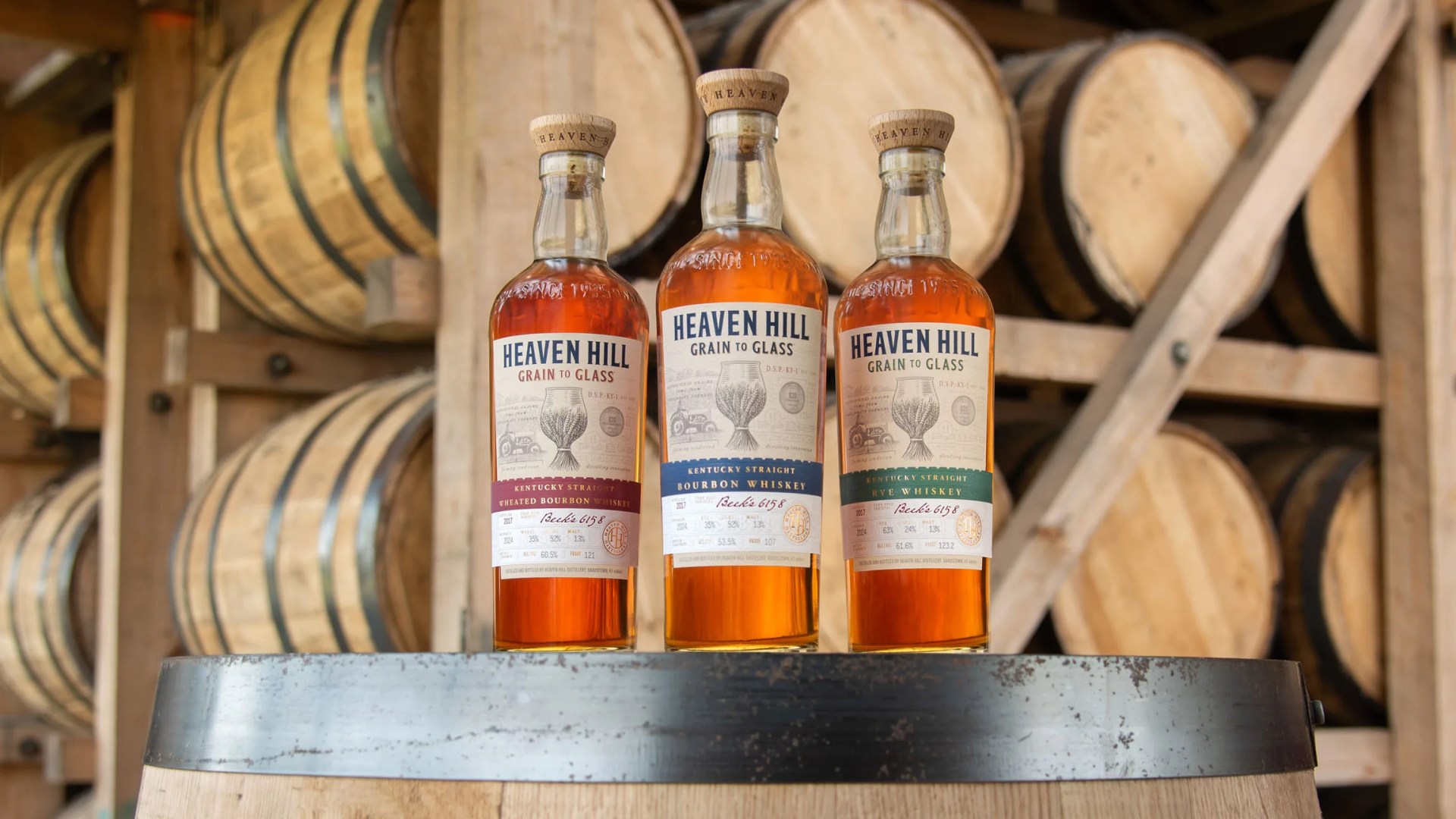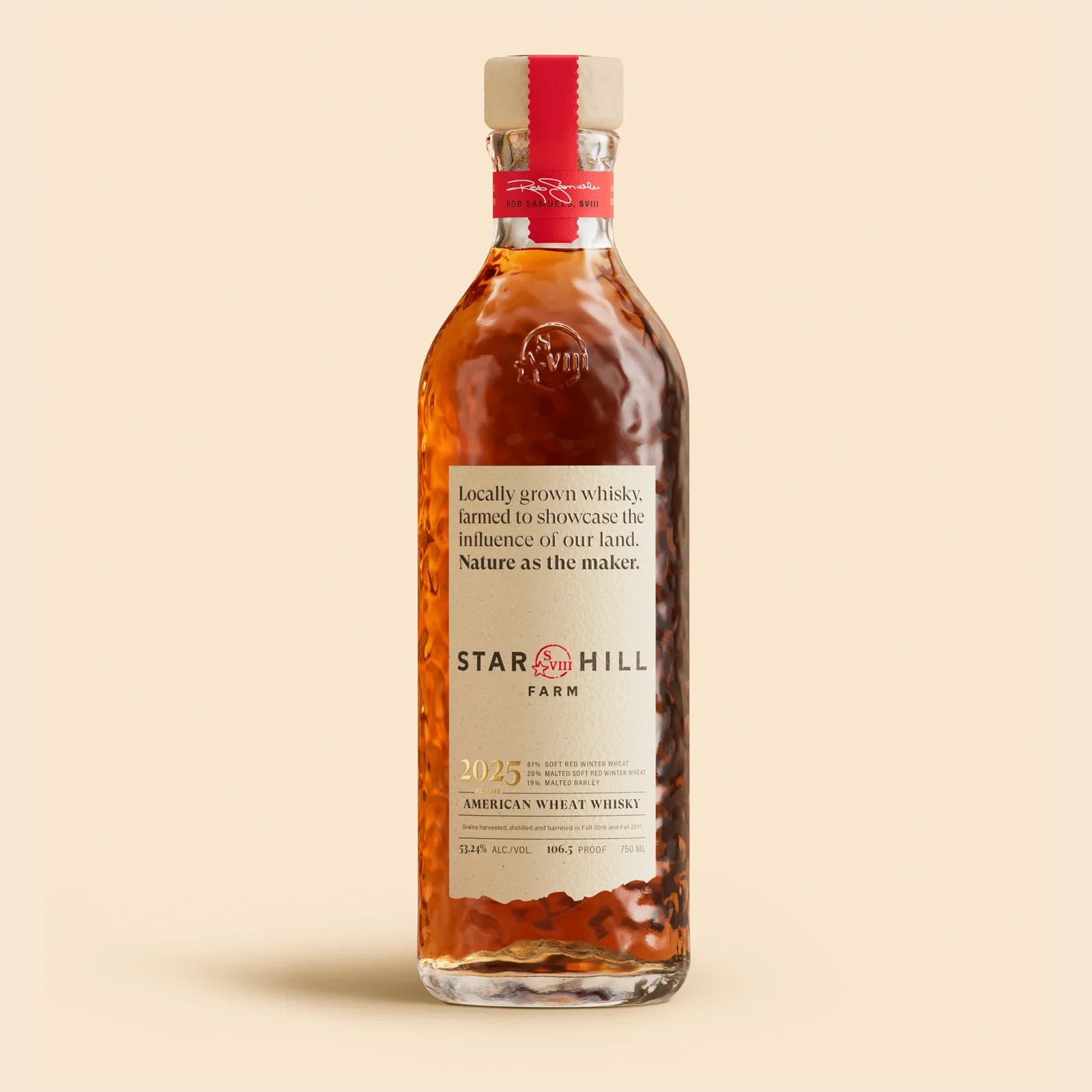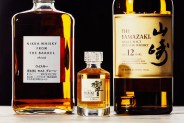Maker’s Mark has revealed a new whisky label, Star Hill Farm Whisky.
It’s the company’s first whisky based on a new mashbill since the distillery opened 70 years ago, and it’s not a bourbon.
These two facts alone immediately qualify this announcement as one of the biggest stories in American whiskey in 2025.
But the Star Hill Farm Whisky label is also obviously more than a novelty ploy for revenue after back-to-back years of industry-wide declines in American whiskey sales.
Instead, it’s a long-term bet on a growing production trend that could transform the whisky-distilling landscape if given time and further investment.
From Wheated Bourbon to Whisky
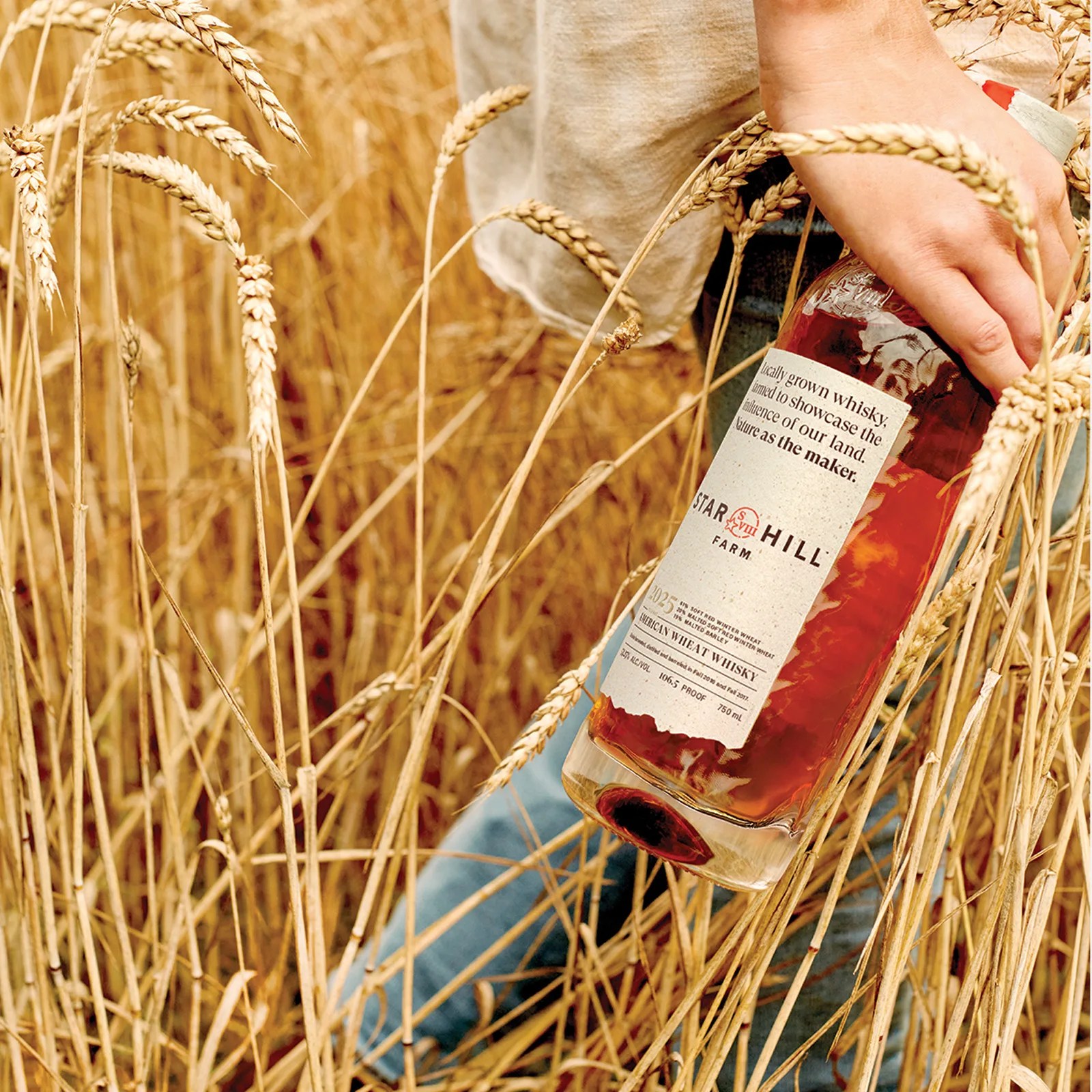
Though the first bottling of Star Hill Farm Whisky isn’t a new bourbon, it shares roots with Maker’s Mark namesake spirit. That’s because it’s primarily made from the iconic bourbon’s defining ingredient, red winter wheat.
